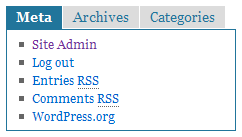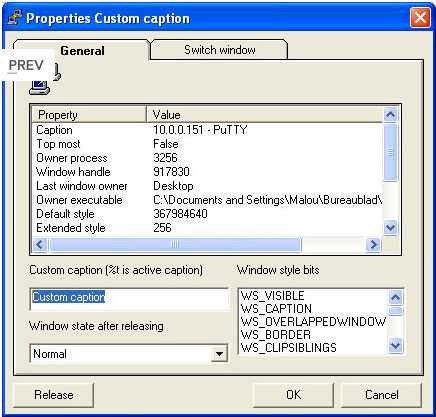

Step 4: Dashboard ScriptĪt this point your blox tabber should sort of work. Save the action and add it to your blox widget. You'll need to change the widget id's in the example above to match those on your dashboard.ĭepending on which value the user selected we choose to show or hide the various widgets. gets us the value of whatever option the user selected in the drop down. We add each as an option to our drop down.


In this example, we have three different views of the same data, one by category, one by brand, and one by age.

Add a dropdown menu to allow people to choose which view they want. Create a text file of all the widget ids and which widget they belong to, it will be handy for the next steps.įor this example I created 3 pivot tables, each showing revenue along a different dimension (Category, Brand, and Age) Step 2: Make the blox widgetĬreate a new blox widget. Start like you would if you were making a tabber by populating the dashboard with all the widgets you will be showing/hiding. If you need a more customizable tabber solution, follow along. The advantage to this approach is more flexibility in how you use and display tabber, the downside is that there is more of an initial set up cost. We can use blox to accomplish the same thing. Tabber provides the ability to allow users to show and hide widgets based on their interaction with the dashboard.


 0 kommentar(er)
0 kommentar(er)
